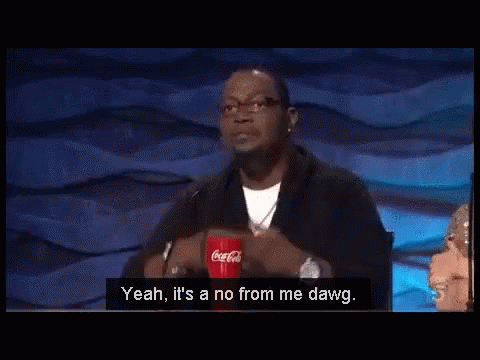When COVID-19 closed taprooms and cancelled festivals, I looked for ways to still engage with Chicago’s craft beer scene. I therefore decided to finally work my way through The Complete Beer Course. Doing so involves the tough job of sampling beers for each style the book details. I’ll balance national (and international) recommendations from author Joshua Bernstein with examples from Chicagoland breweries. Unless otherwise stated, historical background comes from The Complete Beer Course.
Style
Rauchbier
History Lesson
Until fairly recently in beer's long history, all beer was rauchbier ("smoked beer"). The malting process involved drying sprouted barley over an open fire, giving it a smokey taste. The Industrial Revolution brought the application of indirect heat through kiln drying, and most breweries adopted this new methodology. Traditionalists in Bamberg, however, continued to malt in the old style. Their beers retain a distinct smokiness to this day.
Beer Judge Certification Program Description
An elegant, malty German amber lager with a balanced, complementary beechwood smoke character. Toasty-rich malt in aroma and flavor, restrained bitterness, low to high smoke flavor, clean fermentation profile, and an attenuated finish are characteristic.
Fun Fact
While rauchbier is commonly made with a dark lager like a marzen, any style could be made with smoked malt and (therefore be a rauchbier).
I Tried
Third Coast Review's Take

Rauchbier is divisive, and I found myself siding with the "nays." There are a lot of flavors I enjoy in beer, but it turns out that smokey just isn't one of them. Taking Bernstein's advice, I paired my rauchbier samples with Ella's BBQ. The smokey flavors of meat and malt certainly complemented each other, confirming this niche beer's bona fides as a companion for barbeques and bonfires. That being said, I found the best use for this beer's smokey character to be in boiling beer brats.


Up Next
Czech Pilsner
